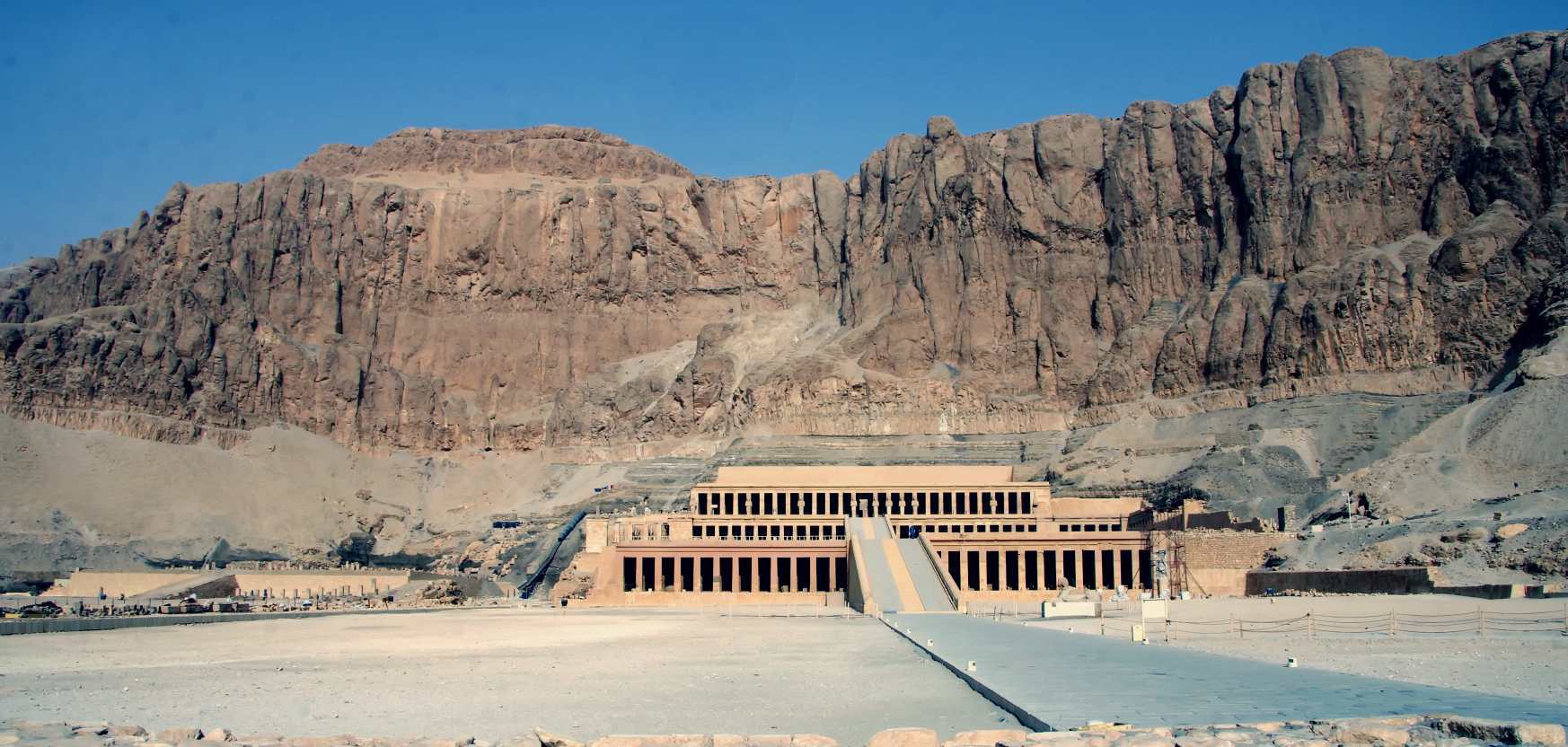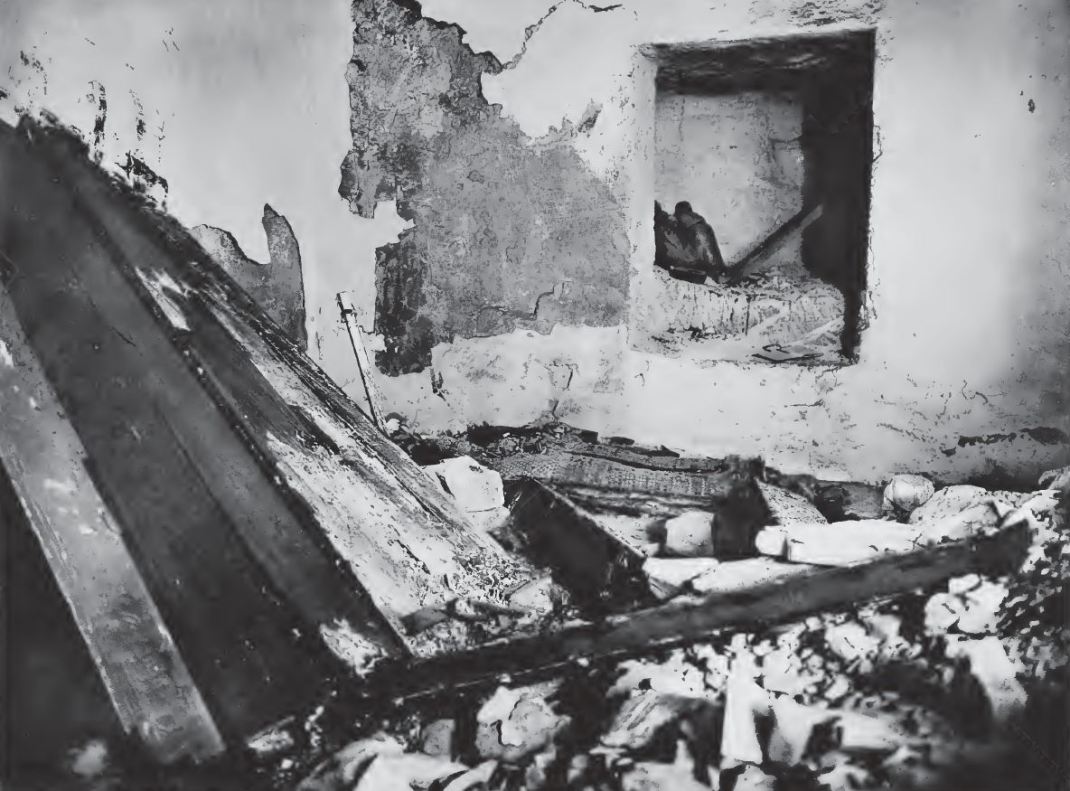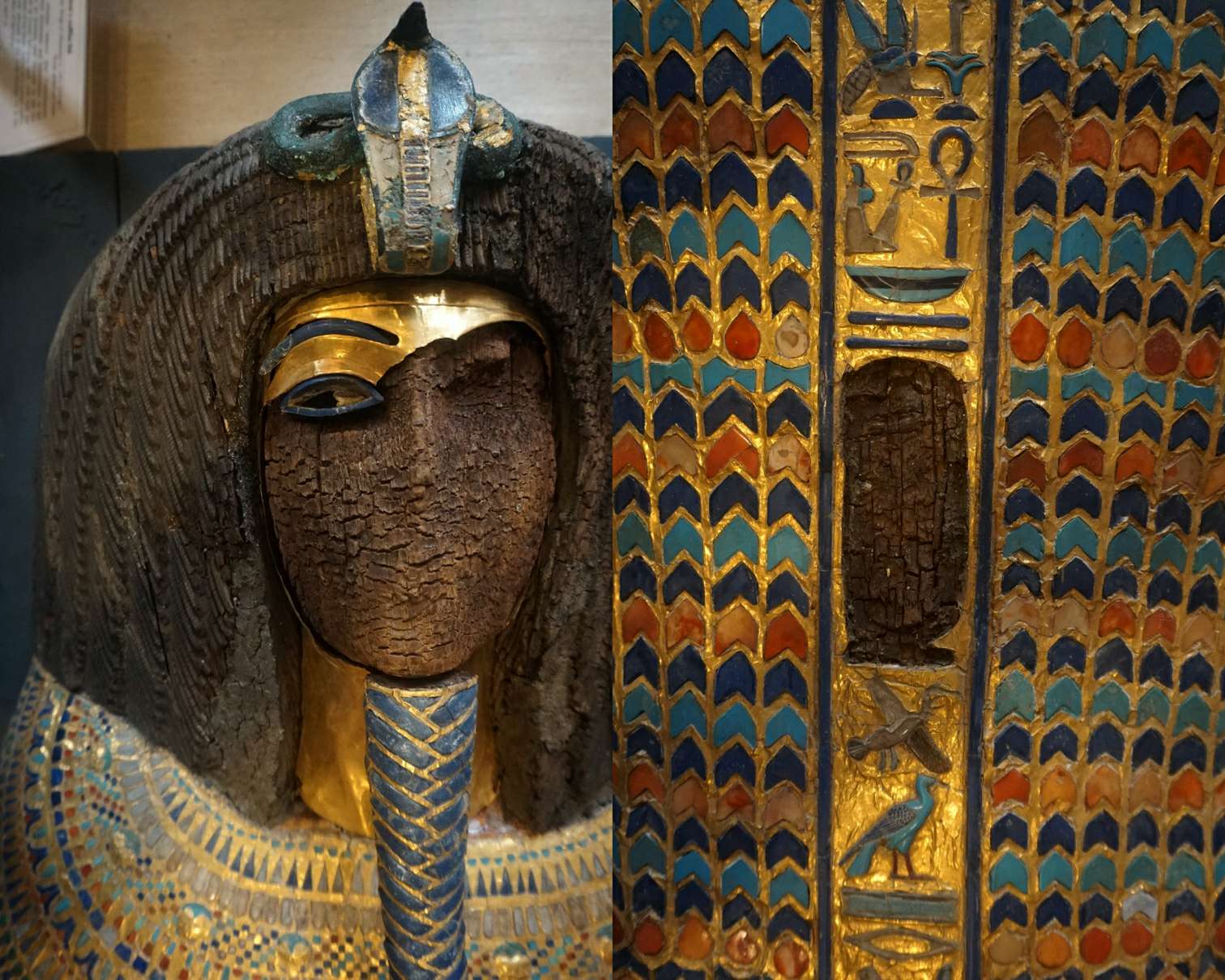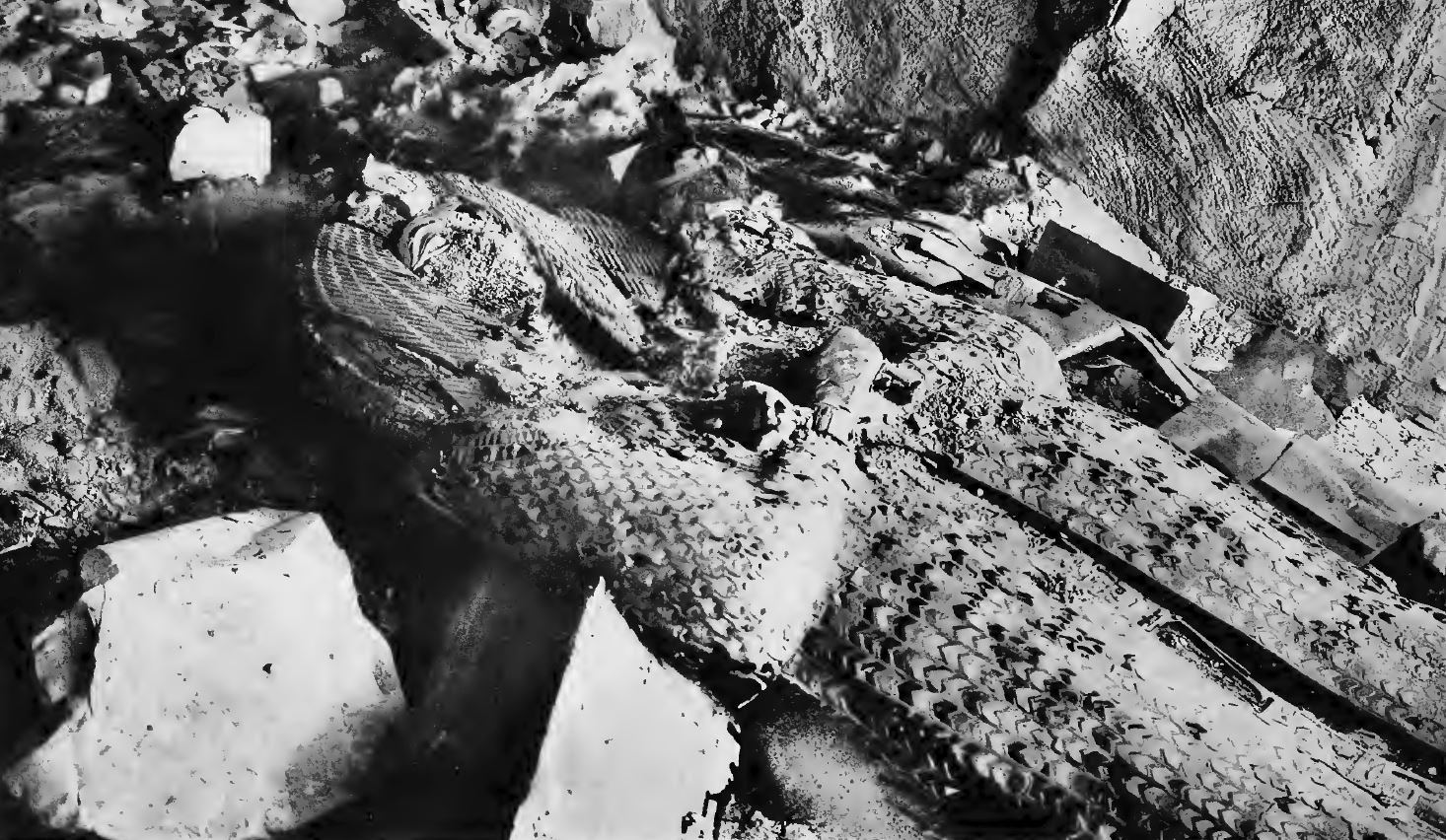Egypt is filled with mysteries, and this particular mystery is one of the most prominent ones that Egyptologists are attempting to unravel.
This mystery was not passed down to us from Giza but rather from the Valley of the Kings, which is located on the West Bank in Luxor. This is a story that interrelated Tutankhamen, the enigmatic king Smenkhkare, and the heretic king Akhenaten in some way. The mystery revolves around KV55, which is also referred to as Tomb 55.

The Valley Of The Kings, Egypt © Image Credit: Pixabay
On January 6, 1907, Theodore M. Davis and his assistant Edward R. Ayrton discovered the Tomb in the Valley of the Kings. After several days of laborious excavating, Davis’ team was finally successful in breaking through the debris that had been blocking the entrance to Tomb 55.
They discovered a solitary chamber inside the tomb along with a basic cartouche and a little recess. In addition, the group found various noteworthy things, such as a coffin, a gilded wooden shrine, and two bricks made of clay. In the little recess that was discovered, there were also four canopic jars.

The tomb when discovered: shrine of Queen Tiye leaning on wall and floor, canopic jars in alcove, coffin beneath alcove. © Image Credit: Davis 1910
Although the majority of people would think that these objects would be useful in identifying the individual who was entombed here, that did not turn out to be the case.
The objects belonged to different individuals. It appeared as if these objects were hurriedly transported to KV55 in order to either entomb someone or find a new tomb for someone who was already buried. Why these items were brought to KV55 is still a mystery.
Kiya was the name of one of Akhenaten‘s many wives, and one of the canopic jars that were discovered in KV55 belonged to her. The lids of other jars contained effigies of four women.
It has been hypothesized that these jars were created with the intention of holding Akhenaten’s daughters’ mortal remains. But none of these jars were used. It is believed that the wooden shrine that can be found in Tomb 55 was constructed for Queen Tiye, who was Akhenaten’s mother. whereas the clay bricks bore the name of Akhenaten etched into their surfaces. Therefore, the situation for the Egyptologists was quite complicated.
Now, the mummy that was found inside KV55 was previously thought to be that of a woman, and experts felt that it had been created for Kiya. But evidence suggests that the sarcophagus was altered to suit a man and there was a fake beard added.

The KV55 coffin in Cairo Museum: The ripped off face mask (left), hieroglyphic band with erased cartouche (right) © Image Credit: Dominic Perry 2019
The sarcophagus was purposefully defaced at some point. The cartouche bearing the name of the occupant has been cut out, and the face mask ripped off. Therefore, there is no indication on the coffin of the identity of the mummy that is placed inside.
When Davis and his team uncovered the tomb, they assumed it contained an elderly woman. As a result, most people came to the conclusion that the casket belonged to Akhenaten’s mother, Queen Tiye.

The coffin when discovered: the face had been obliterated, and falling debris had cracked the lid. © Image Credit: Davis 1910
However, in-depth examinations of the mummy revealed that the KV55 tomb had the remains of a male mummy. According to the results of the CT scans, the deceased person was either in his early or late twenties when he passed away. The results of the blood testing and the skeletal similarities indicate that the mummy that was found in KV55 is likely linked to King Tutankhamen.
Most would assume that the mummy belonged to the heretic and disliked King Akhenaten, who was the father of Tutankhamen. However, when Akhenaten died, he was significantly older than his twenties. As a result, the mummy could not be Akhenaten’s. So, there is another member from the Armana family who is the ideal candidate for the KV55 mummy.
Smenkhkare was a ruler of Egypt who seemed to be shrouded in mystery. After Akhenaten’s passing, he ascended to the throne, although his reign was brief as he also did not live long. Following his passing, Tutankhamen was anointed as the new Pharaoh of Egypt.
In addition to this, it was discovered that Smenkhkare served as Akhenaten’s co-regent for a period of time. The historical records don’t provide a lot of information about him or the period he ruled.
Since his body has not been found to this day, he is the most likely candidate to be the KV55 mummy. According to the information found in the records, Smenkhkare was either Tutankhamen’s older brother or uncle. This indicates that he had a close relationship with the Boy Pharaoh.
The mummy’s identity has been long debated. For now, it seems that the most probable KV55 mummy is that of Smenkhkare, who ruled Egypt for a very short period. Smenkhare’s body has still not been found, so the identity of the KV55 mummy will remain a mystery unless the mummies of some of the candidates are discovered.
Src: mysteriesrunsolved.com








